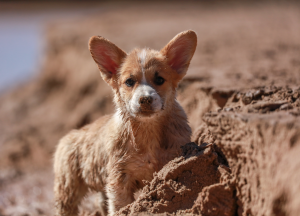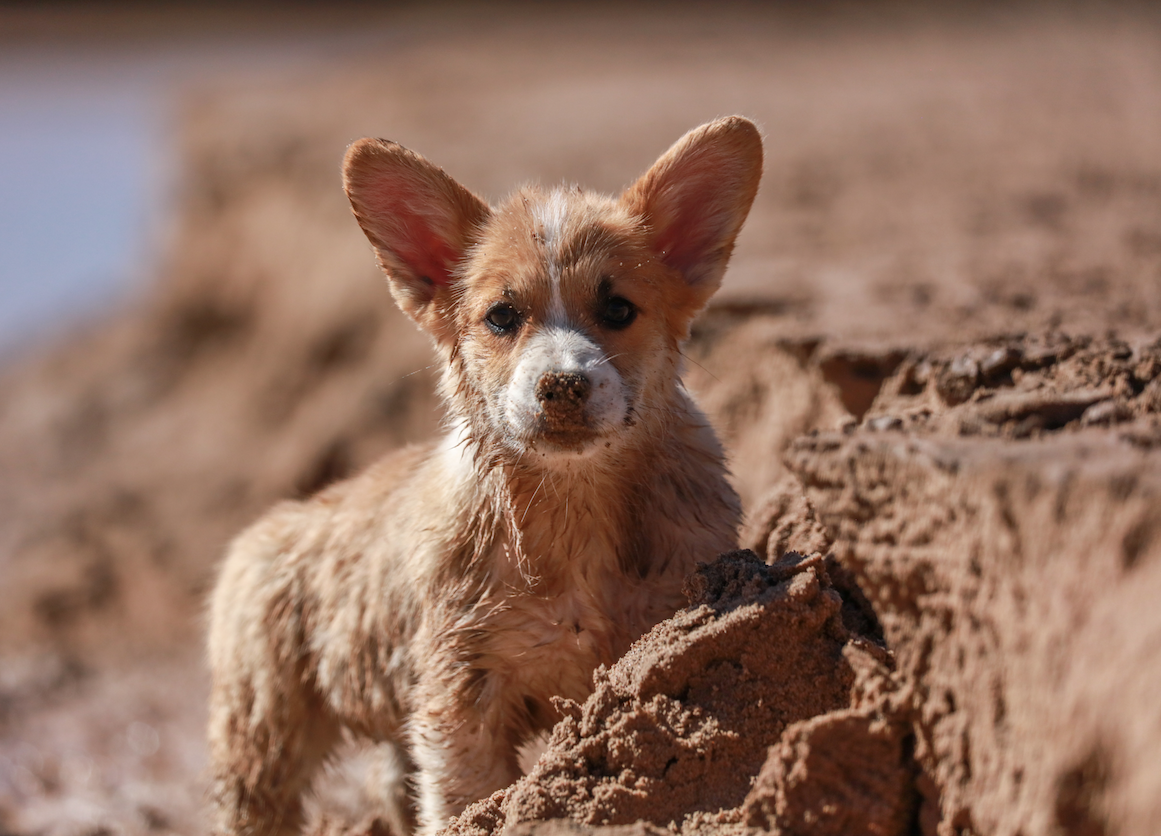In this post, Dr Giuliano Negrelli from Pawssum Vet to Home Services highlights the best ways to protect your pet this summer. The warm season presents all manner of threats to pets. However, if you know what to look for, you can keep yours safe. Pawssum vets operate all across Australia, and will treat your pet in your very own home. To learn more, follow Pawssum on Facebook and Instagram!

Avoid “heat stroke” – keep them cool!
Unfortunately, a great number of animals seen at emergency centres across Australia suffer from a deadly condition called “Heat Stroke”. This is caused by a dramatic increase of body temperature to levels that are detrimental to a normal metabolism. The symptoms observed in this situation are excessive panting; thick drool; dry tongue; dry and red gums; wobbly legs; vomiting and diarrhoea; and, in extreme cases, a coma. If these signs are detected, wet their paws and cover them with a wet towel and seek vet care immediately. Never use cold water or ice in these circumstances as they may go into shock.
Animals have different ways to maintain their body temperature. Among all domestic animals barring horses, sweating is not the main function used for cooling in warmer weather. Dogs and cats pant to cool themselves down. Their paws also play an important role in maintaining their body temperature stable – so keep their paws wet! Drinking lots of water and even having a small bath of water available can help animals keep cool in summer.
NEVER leave animals in the car in warmer days! Their body temperature can increase quickly to critical levels within few minutes.
Mind your walking time with your furry ones. Choose to take them out only early in the mornings or late evenings. Take a bottle of water for them, as you would for yourself.
Small mammals such as rabbits and guinea pigs should ideally stay indoors when temperatures reaches 34°C or above. If this is not an option, then place a wet towels in their cage or hutch and a couple of ice blocks or frozen water bottles for them to lean against and cool their body down.
Protect against sunburn
Again, summer means outdoor lifestyle, beach, camping, fishing trips, and swimming. For most, it’s a fun time of year. We as humans are well aware of the damage that the sun can cause to our skin, which is why we apply sunscreen.
The question is: do dogs need to be protected from sunburn? The answer is YES, they certainly do!
If you have a dog with pink skin and a white coat, applying sunscreen on these areas is very important to avoid sunburn. The most common areas that dogs suffer burning lesions from long exposure to sunlight is on their ears; nose and muzzle; tummy; chest; and legs. Like in humans, constant sunburn throughout life can lead to skin cancer.
Shaving your dog or cat can expose their skin to more sunlight exposure. It is advisable to avoid clipping their fur too short. Leave some length of fur to protect it.
Watch out for snakes
With warmer temperatures, reptiles such as snakes become very active. It is a normal instinct for dogs and cats to chase and try to kill snakes. This is when they are put in a great risk of getting bitten. Brown and tiger snakes are the most common cause of accidents with pets.
To protect your pets, the best option is keep snakes away. This might sound obvious, but it’s easier said than done. Keep your backyard clean of rubbish and piles of wood/timber – snakes love hiding under them. Mow the lawn frequently to keep it low. Cover compost and rubbish bins well as they attract rats which are a favoured meal for snakes.
Keep cats indoors and, if possible, maintain a snake-proof outdoor enclosure. Walk dogs on a leash as this will give you the opportunity to stop your dog from exploring high grass and bush areas where snakes could be hiding.
If you suspect or have witnessed your pet getting bitten by a snake, seek veterinary care straight away. The survival rate in this situation increases if treatment is provided soon.
The symptoms of snake bites are sudden weakness followed by panting; collapse; shaking or twitching of the muscles; difficulty blinking, vomiting, loss of bladder and bowel control; dilated pupils; paralysis; and blood in the urine. Any of these signs either alone or combined are enough to have your pet assessed by a veterinarian.
Know which plants are safe, and which are toxic
As the warmer weather arises after winter, all plants start to grow and flower. This is when they become very attractive to pets.
Unfortunately some of them are poisonous to animals. Here are a list of the main toxic plants:
- Lilies
- Succulents
- Gladiolas
- Hydrangea
- Ivy
The main poisoning symptoms shown by cats and dogs after ingesting a toxic plant are vomiting, lethargy, drooling, and seizures.
Nip summer parasites in the bud
In summer, fleas, ticks, and mosquitos are proliferating everywhere. Other than biting your furry friends, they carry and transmit tapeworm and heartworm. Prevention is the key to protect your pet from the discomfort of itching as well as the life-threatening heartworm disease.
The best thing to do is to consult your veterinarian for the best way to prevent your pet from getting bitten by these parasites.
Enjoy a safe summer with your furry family members!


